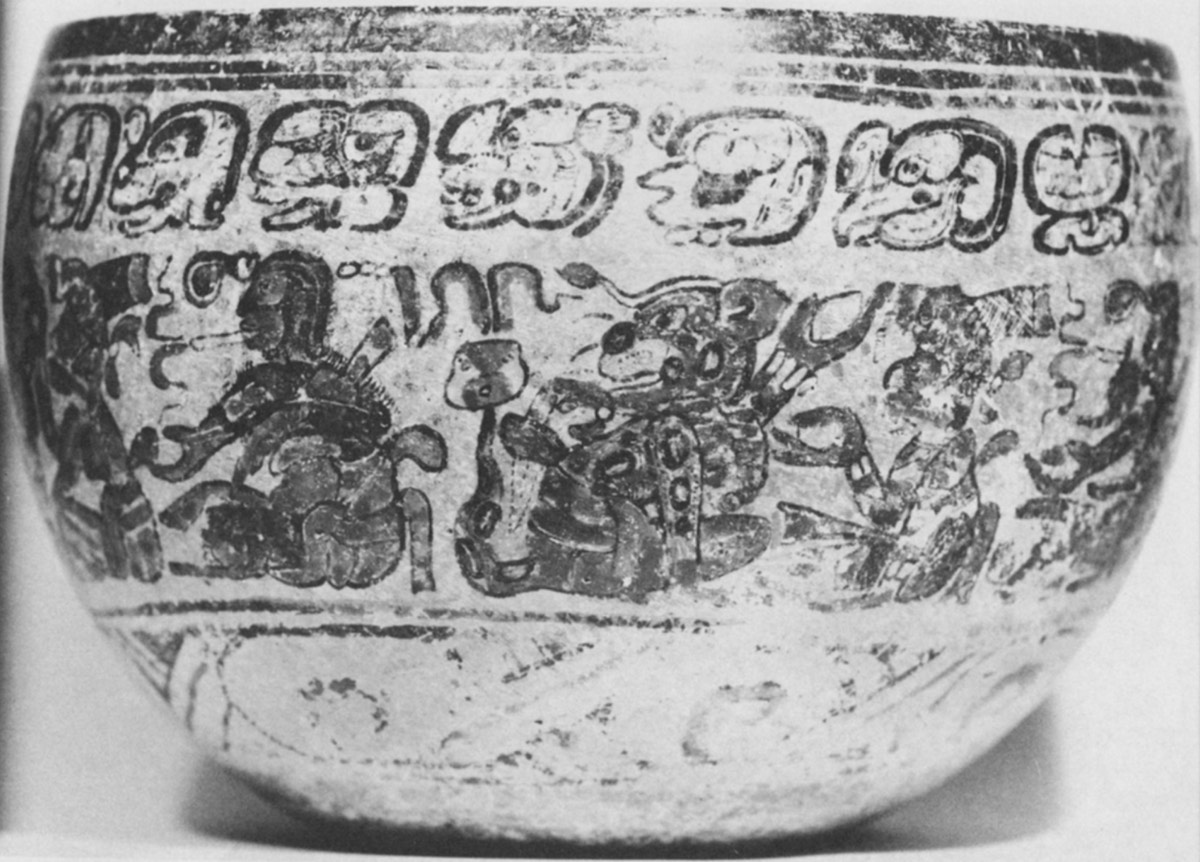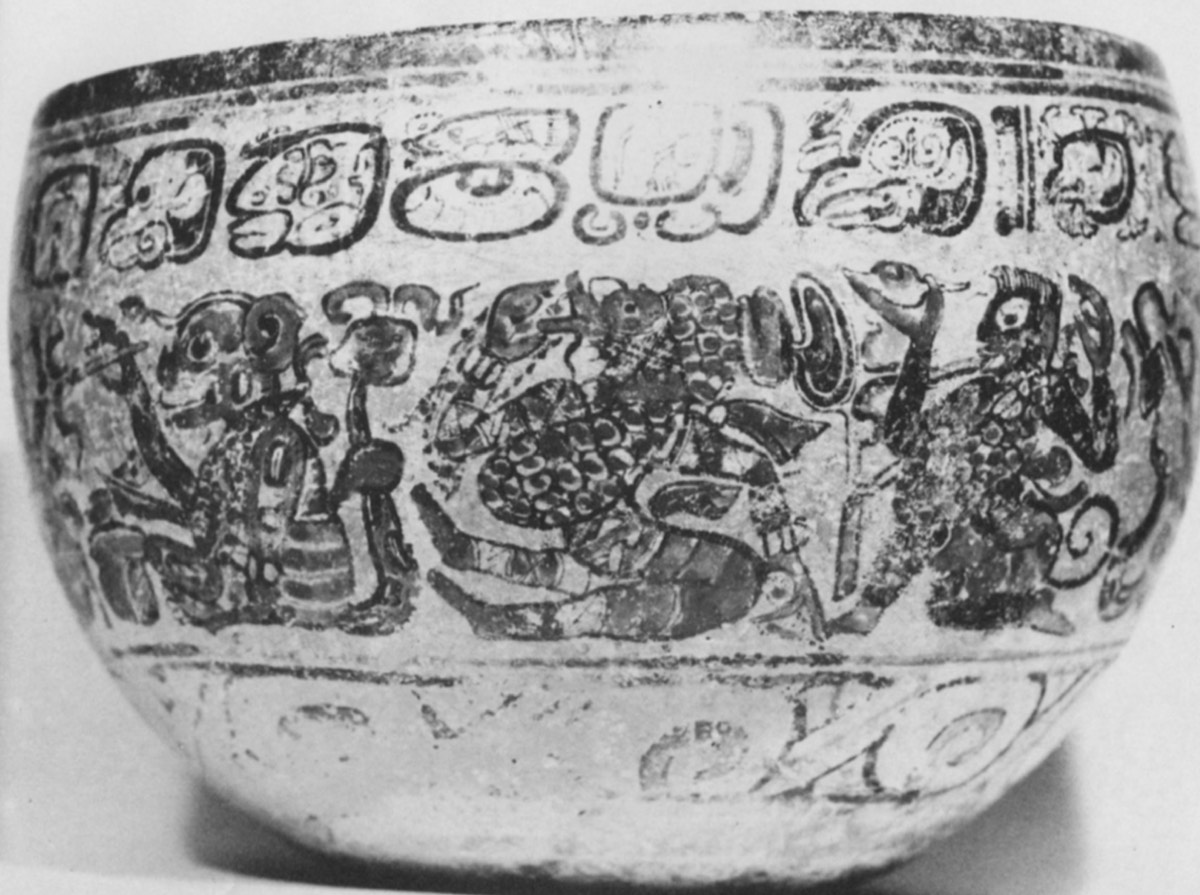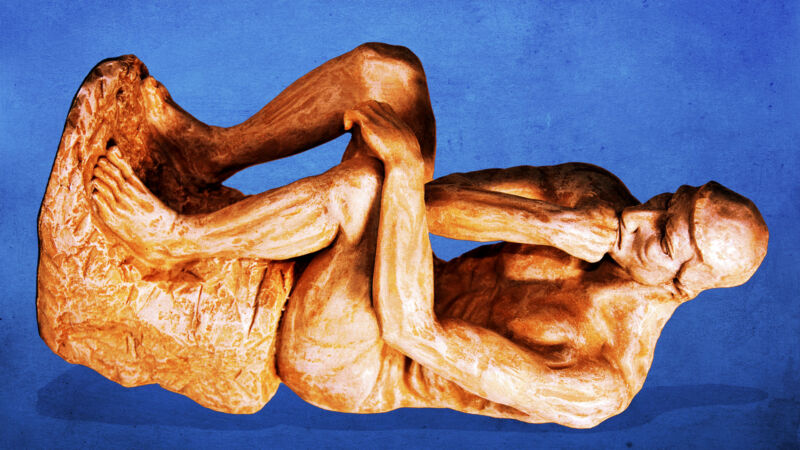Would you give yourself an alcohol enema for science? Test the running speed of constipated scorpions in the lab? Build your very own moose crash test dummy? Or maybe you'd like to tackle the thorny question of why legal documents are so relentlessly incomprehensible. These and other unusual research endeavors were honored tonight in a virtual ceremony to announce the 2022 recipients of the annual Ig Nobel Prizes. Yes, it's that time of year again, when the serious and the silly converge—for science. You can watch the livestream of the awards ceremony here.
Established in 1991, the Ig Nobels are a good-natured parody of the Nobel Prizes; they honor "achievements that first make people laugh and then make them think." The unapologetically campy award ceremony usually features miniature operas, scientific demos, and the 24/7 lectures whereby experts must explain their work twice: once in 24 seconds and the second in just seven words. Acceptance speeches are limited to 60 seconds. And as the motto implies, the research being honored might seem ridiculous at first glance, but that doesn't mean it's devoid of scientific merit.
Viewers can tune in for the usual 24/7 lectures, as well as the premiere of a mini-opera, The Know-It-All Club, in which every member "makes clear their opinion that there is only one person in the Know-It-All Club who knows anything"—in keeping with the evening's theme of knowledge. The winners will also give free public talks in the weeks following the ceremony, which will be posted on the Improbable Research website.
Here are the winners of the 2022 Ig Nobel Prizes.
Art History Prize
Citation: "Peter de Smet and Nicholas Hellmuth, for their study 'A Multidisciplinary Approach to Ritual Enema Scenes on Ancient Maya Pottery.'"
Honestly, I could write an entire article about this fascinating 1986 paper, adapted from the doctoral dissertation of de Smet. The study focuses on the polychrome pottery of the late classic Mayan period (600–900 CE), which frequently depicts palace scenes, ball games, hunting parties, and dances associated with human sacrifice (via decapitation). But in 1977, scholars discovered one Maya jar depicting the administration of an enema—and subsequently several others as well.

Painted polychrome Maya bowl showing a ritual enema. There is a smoking monkey at left and a water lily jaguar (with a small jug at the tip of its tail) in the middle.

Another view of the painted polychrome Maya bowl showing a ritual enema. Another smoking money appears to be holding an enema syringe while a human figure holds one hand near their anus.
Apparently, the Maya were known to administer medicinal enemas, but the pottery scenes suggested that they may also have taken intoxicating enemas in a ritualistic setting. De Smet and Hellmuth analyzed the iconography on several pottery pieces depicting enemas, as well as the linguistic glyphs appearing in those scenes. They also compiled a list of the possible "ethnopharmacological" substances the Maya might have ingested.
In the time-honored tradition of scientific self-experimentation, de Smet (a self-described "non-inhaling smoker" and "regular user of coffee and beer") tested the efficacy of a couple of the suspected substances by administering enemas on himself. He drank an oral alcoholic concoction for comparison before separately administering a clyster. Both concoctions had about 5 percent alcoholic content "since a clyster with an alcoholic content of 20 percent is quite irritating to the rectal tissue," so a lot of the concoction needed to be consumed. Intoxication levels were measured with a breathalyzer. "The results certainly support the theoretical suggestion that alcohol is absorbed well from an enema," the authors concluded.
De Smet wisely declined to self-administer a tobacco enema, given the evidence for toxic side effects. Nor did he personally test psilocybin mushrooms, fly agaric, water lily (a possible hallucinogenic), Tsitse (Erythina alkaloids), or Toh-ku—all less likely candidates for use in the rituals depicted on the pottery. He also chose to skip toad poison (the Bufo alkaloid bufotenin). Instead, he administered an enema of dimethyltryptamine (DMT), which is closely related, finding "no discernible effect." That's an N of 1, however, with a rather low dose. The authors recommended "further research" to expand the sample size and dose range, but we did not delve deeper to discover whether any other intrepid researchers followed de Smet down the self-administered enema path.



3175x175(CURRENT).thumb.jpg.b05acc060982b36f5891ba728e6d953c.jpg)

Recommended Comments
There are no comments to display.
Join the conversation
You can post now and register later. If you have an account, sign in now to post with your account.
Note: Your post will require moderator approval before it will be visible.